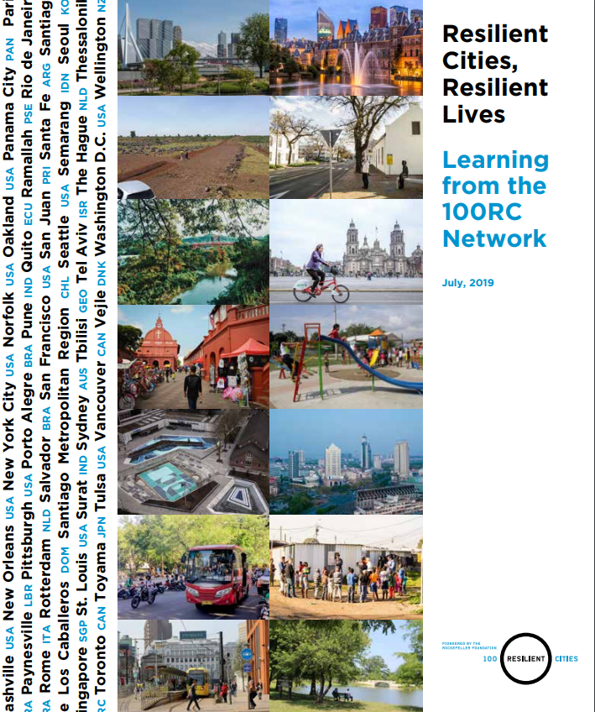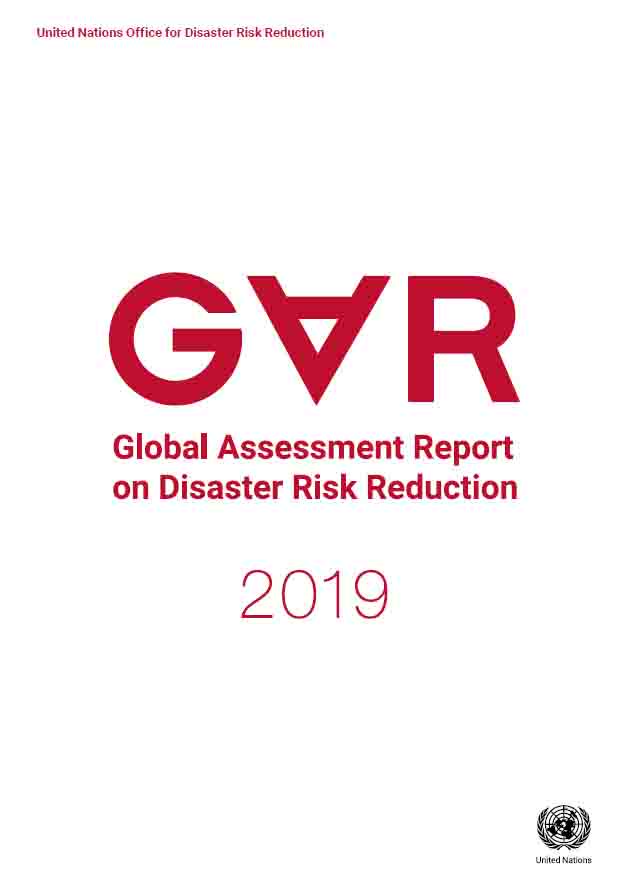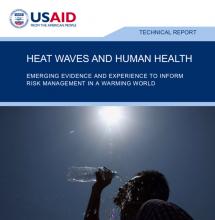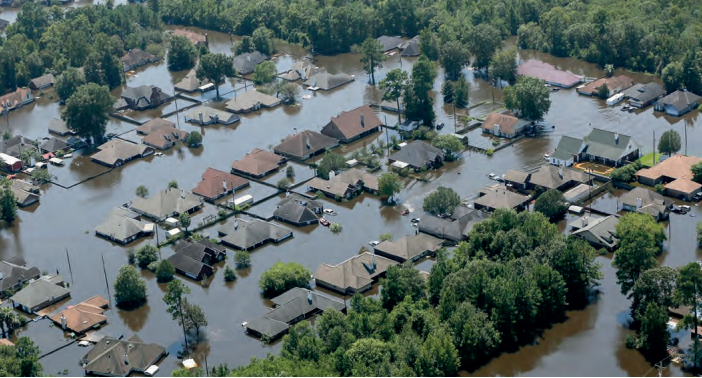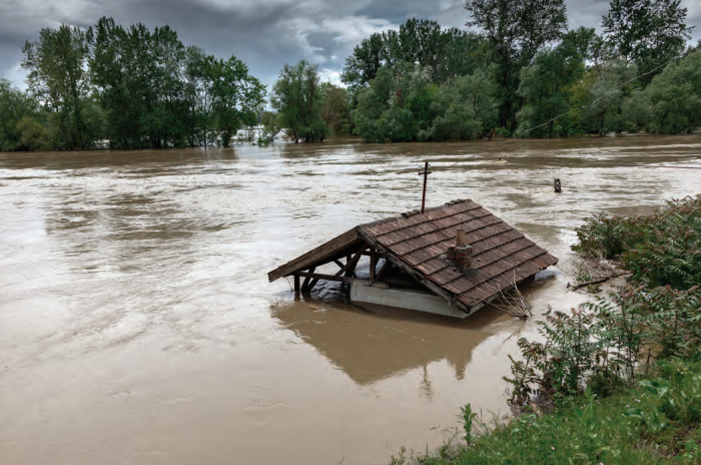Cases of Blended First Aid Training in Red Cross National Societies
This short resource brings together the blended learning stories and experiences of seven National Societies in the RC/RC network practicing blended first aid training. Each case study highlights an element of the innovation that is happening in first aid training in RC/RC National Socieites. It is clear that there is a good deal of innovative […]
Cases of Blended First Aid Training in Red Cross National Societies Read More »

